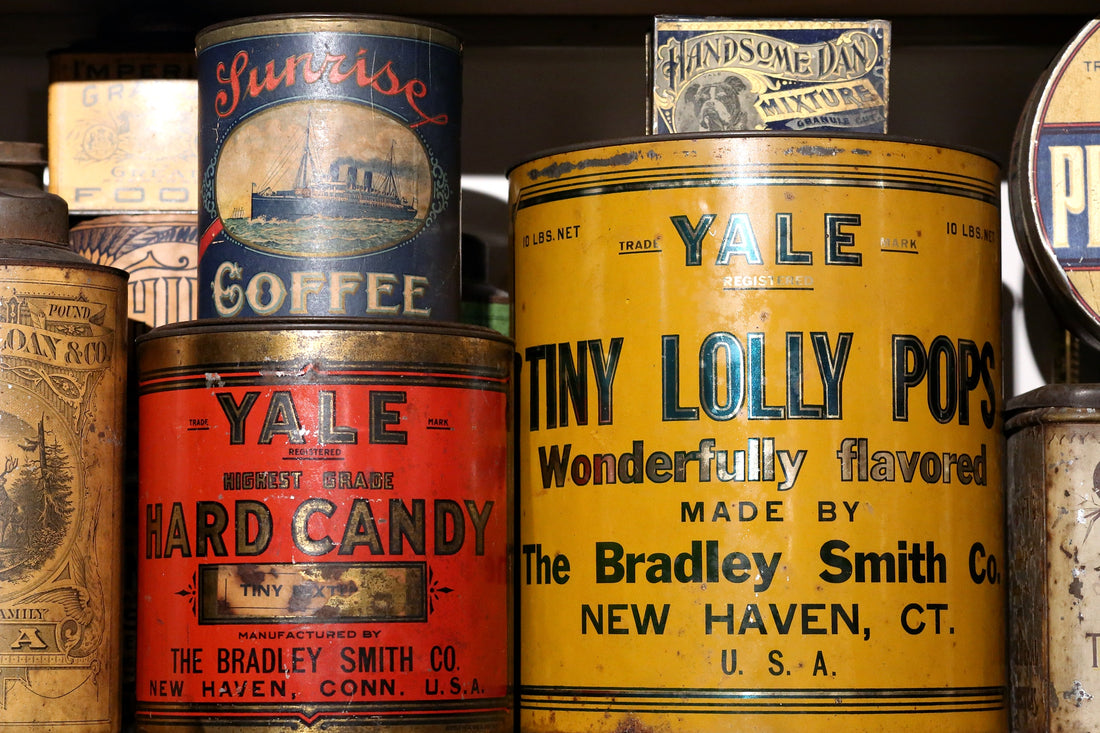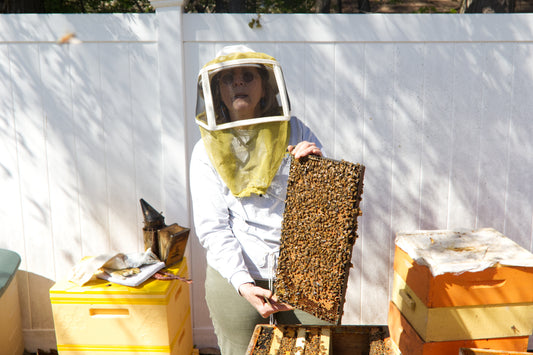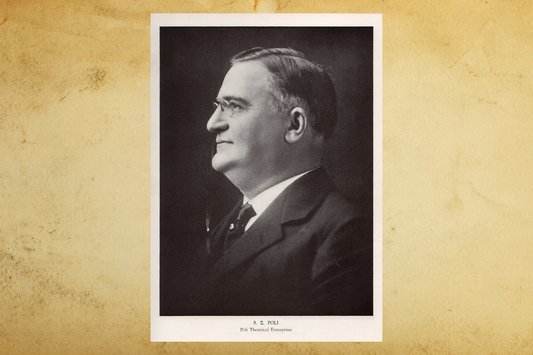A number of New Haven inventions have changed the course of history—the cotton gin, vulcanized rubber, the telephone exchange.
Less impactful, but more joyful, is the Lolly Pop—or, as we know it today, the lollipop.
The world’s first “lolly pops” weren’t necessarily on a stick. The term had long been used in England and the US as a generic candy catch-all. (Etymologically, dictionaries agree that “lolly” probably refers to a lolling or dangling tongue, all the better to lick a candy with, while the origins of “pop” are more mysterious.) People had also long eaten chewy sweets on sticks—like boiled maple sap, which could be poured onto snow to make it taffy-like, then scraped up with a twig. But it was a New Haven company at the turn of the century that conceived a critical innovation: using hard candy instead.
sponsored by
By then, refined sugar had become inexpensive, and mass production techniques had made it possible to cheaply, quickly produce infinite identical batons good for keeping sweet-toothed fingers clean. Those developments gave George P. Smith, co-owner of the local Bradley Smith candy company, founded in 1892, the assets he would need to make history.
But they didn’t give him a vital third element: inspiration. That came by way of a local competitor, who’d begun putting chewy chocolate taffy on sticks. In 1902, cribbing the stick idea, Bradley Smith began putting harder stuff on wooden rods, making it the first known enterprise to do so. The new product line, called Yale Lolly Pops, soon hit the shelves, its wrappers and tins emblazoned with the company’s name and location. The company also sold stickless hard candies, chocolates, molasses-based confections and, in earlier years, cigars.
Sensing a sensation, other businesses began putting hard candy on sticks as well, leading to a craze. “Old and Young Succumb to the Candy on a Stick!” trumpeted the Hartford Courant on July 18, 1904. By 1909, when Bradley Smith employee Max Buchmüller submitted a patent for a machine capable of shaping the sweets and inserting the sticks, the pop-making process was becoming fully mechanized.
Still, the journey into food history was a bumpy one. In the freewheeling days of early food standards, there were scattered deaths attributed, rightly or wrongly, to cheap penny candy, especially lollipops. In 1914, presumably in response to rumors or accusations, the Bradley Smith Company offered a $50 reward—in today’s money, about $1,200—and a strongly worded call for proof that their Lolly Pops contained any poison. For what it’s worth, the idea might not have been so unfounded: In 1912, the federal government slapped the company with a fine after finding that the glaze of its London Cream candies contained arsenic.
Though the Lolly Pop debuted long before, the company wasn’t awarded a trademark for the name until 1931. By then it was too late, with the economy in shambles thanks to the Great Depression and the ascendant alternate “lollipop” skirting right around the trademark. The company struggled through the Depression, eventually going out of business before being reformed in 1938 as a candy distributor and packager, which survived, albeit with faded glory, until 1984.
Local reminders of both Lolly Pops and lollipops are fewer and farther between these days. There are lollipops for sale, mostly at grocery and drug stores. The closest thing to a public monument to New Haven’s role in lollipop history might be Gallows and Lollipops, the large, whimsical Alexander Calder sculpture that, until recently, stood behind Woolsey Hall—it was moved, at least temporarily, to make way for construction of Yale’s forthcoming Schwarzman Center—with visual elements that remind of lollipops and a title that nods to the fate of the local company that first stuck hard candy to stick.
Written by Anne Ewbank. Images feature items in Robert Greenberg’s Lost in New Haven collection. Image 1 photographed by Dan Mims. Image 2 provided courtesy of Robert Greenberg. This story was originally published on October 5, 2017.








